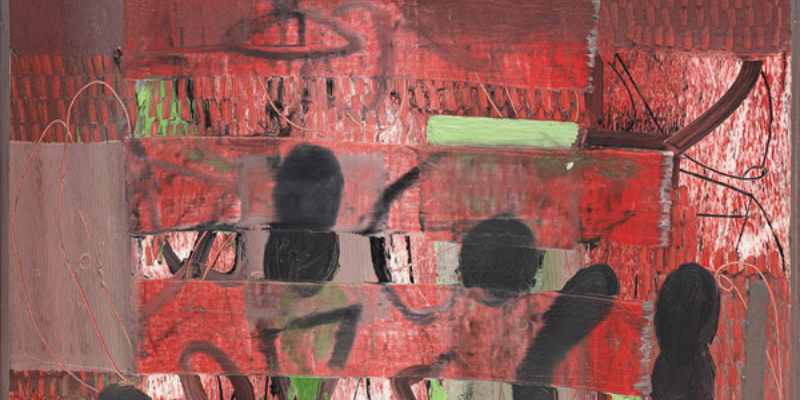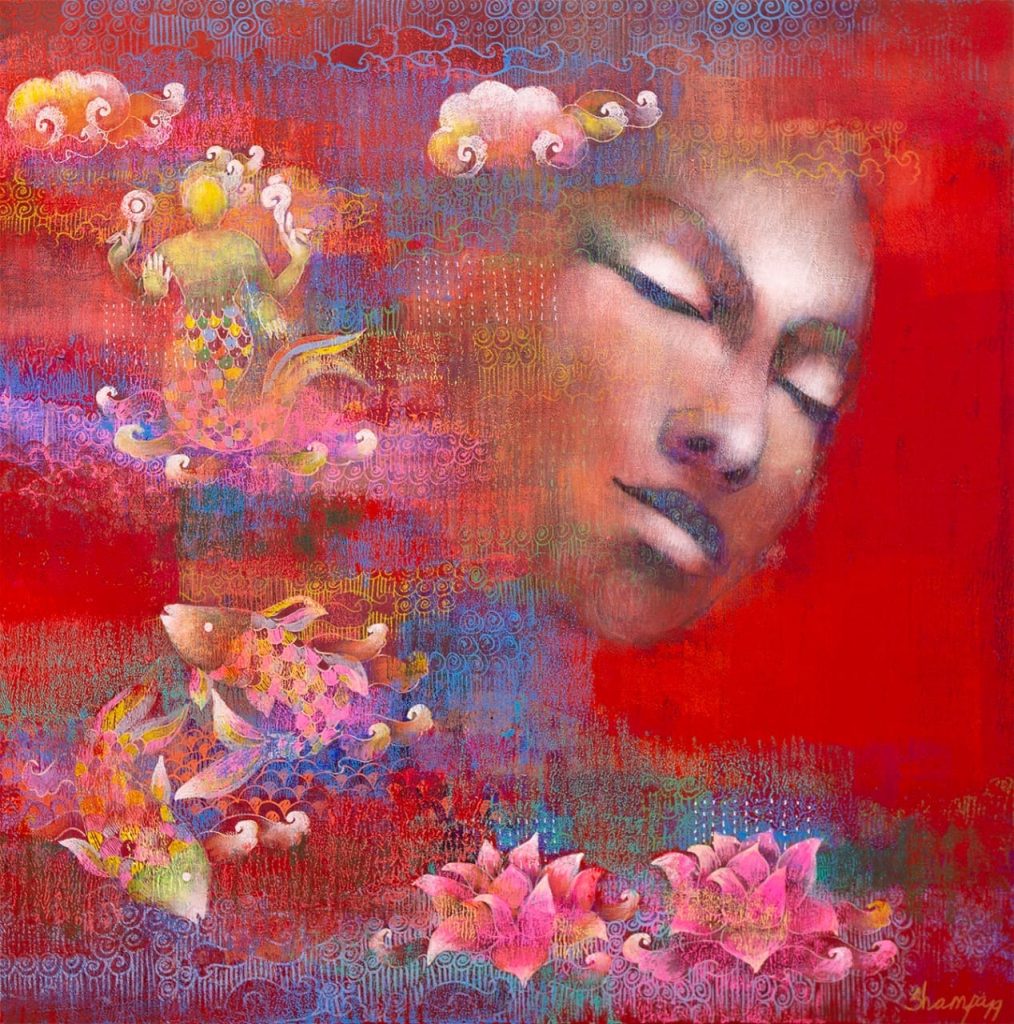There is intuitive action and explosion of emotions on canvas in the work of Hemraj, one of the popular abstractionists who has been associated with Dhoomimal Gallery for over a couple of decades. A new exhibition called “Eternal Reminiscence 2.0” opened recently at Bikaner House, which exhibits the abstract collection of Hemraj where he reflects on his innate tendencies and his take on the creation of the cosmos. He begins his paintings with a bindu or a dot and directs it further to establish the notion of birth. He won the first-ever Ravi Jain Annual Award in 1992 in a field where GR Iranna, Sonia Khurana, and the like were also participating. He has shown extensively in India and internationally including Munich, Seoul, Korea, and Japan. His work offers pleasure to the cerebral plane of an individual, which allows him to mull over the colors and the way those have been applied on the canvas that represents the subconscious experiences of the artist. The vivid choice of colors and the way the canvases are designed and painted create energy and a divine connection with the self. Thick impasto adds layers to those works and his serene strokes make the painting more detailed. His reflection on canvas presents his vulnerable thoughts and learning throughout his career.
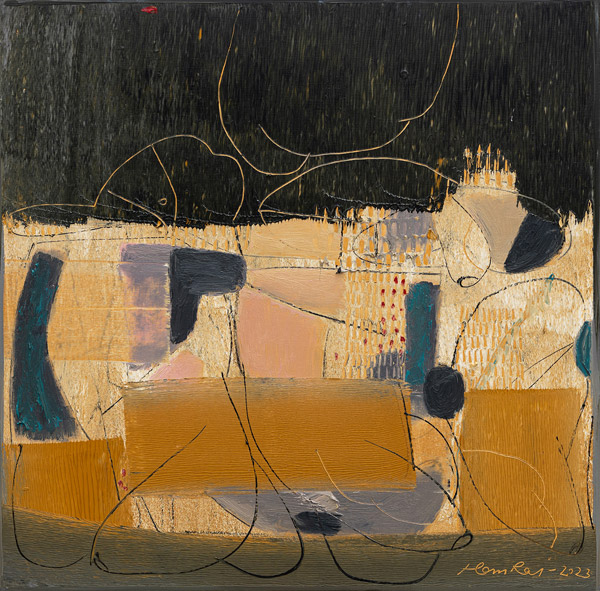
He seeks salvation through his works, offers a wide narrative that creatively connects with human emotions, and emerges out of the subconscious realities that sometimes remain in the unexplored sections of the mind. Abstraction to him is not without form. Nevertheless, I think it is a real depiction of the human mind. Figurative works determine that subtle state of mind and abstraction asks the realm of it. His paintings never start with a pre-conceived thought or approach, but he allows his brush and mind to take the lead. It is his meticulous eye for detail and the way he approaches the colors that sets his compositions and palette apart from the other contemporaries of his time. He creates engagement with the gross reflection of his inquiries on the canvas but exhibits cerebral narratives of human inability to ever reach a particular truth. I think his work challenges the notion of reality and inquires if one can perceive reality, is it really, what it looks like? Or is it just in the mind? He is equally impactful while using bright colors like reds, blues, and yellows as well as subtle colors like greys and browns.
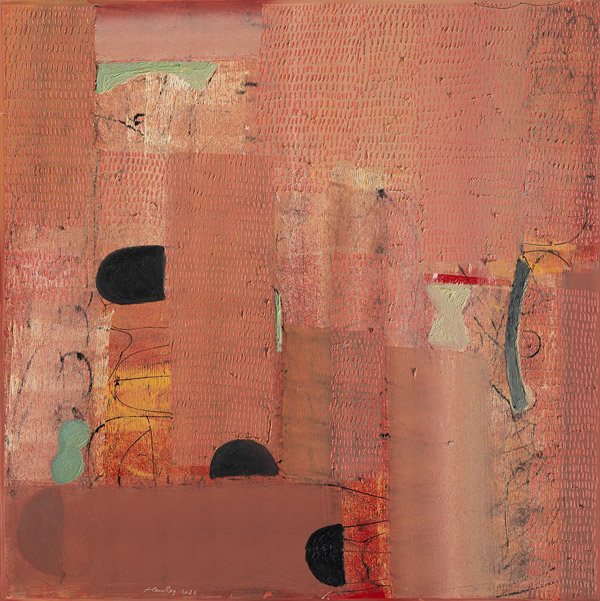
The curator Kiran K. Mohan shares her views, “My relationship developed with the artist slowly, I used to visit his studio and spend time with him. He likes music especially Iranian music, which also comes in his works. He reflects a sense of rhyme in his strokes and that becomes the centre point of it. I like his palette, the way he creates his colors on canvas is something that is a challenge for him. He never plans his work; it is just a total outburst of his emotions. Many artists talk about the rendering but for him the brush guides him and he starts with just a point. It is an intimate and platonic process. One can find solace and maturity in his works; you can see his journey from older works to new works that show his journey.”
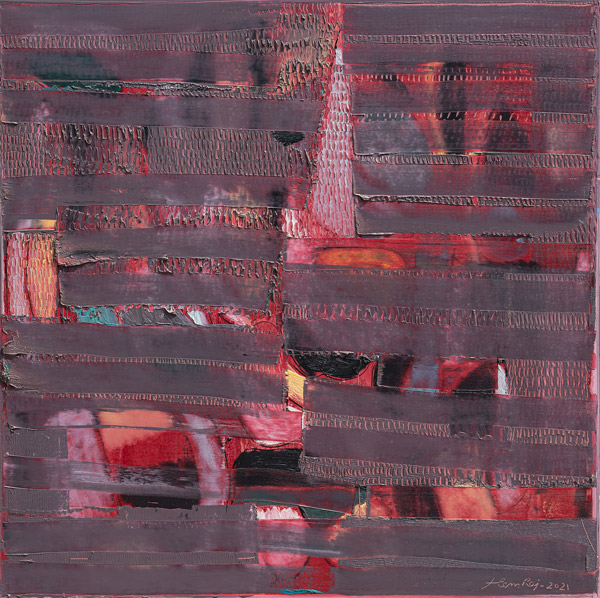
Hemraj comments on his inspiration, “I never had any initial idea, the idea changes every day and my approach was to reflect whatever comes out of me that includes narratives from my childhood as well.” I think his work delves into his daily life and offers a combined expression of aesthetics and decorative aspects that sometimes create an illusion of a form. He paints in sections and blends his colors in such a manner that the resultant colors not only contribute to the texture and rhythm but also to the spontaneous and timeless series of works. His works create a utopian reality that submerges well with the philosophy of the cyclical nature of reality. I see births and deaths simultaneously in his works. His paintings invoke expressive geometric renditions that skillfully enhance the spiritual side of a man.
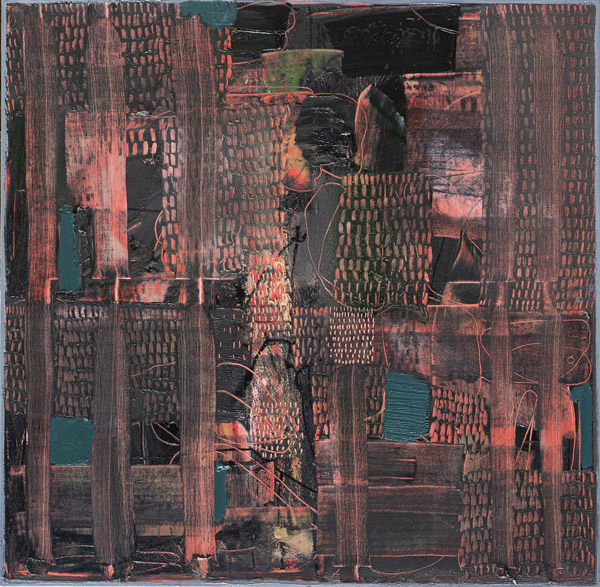
Hemraj is inspired by modern masters of Indian art such as VS Gaitonde, SH Raza, Ram Kumar, and their contemporaries, he has also studied the work of Western abstract expressionists like Jackson Pollock, Paul Klee, Joan Miro, and others. His connection with unheard tales of nature comes out on canvas in an abstract demonstration that acts as an intriguing interplay of the divine and the man. Multiple layers of paint emit an illusion of translucent and diminished form of lines that establish a rhythmic pattern of dots. The sublime application of colors on canvas becomes a tool to interrogate the subtle narratives of the mind. There is a certain kind of mystery in his works, he motivates you to ponder about the uncertainty and takes you through the path of certainty to it. His colorful visual depiction of idealism exhibits a crux of changing realities often diluted in the duality and non-duality of self. His visual motif forms a shapeless spectrum of skeletons that rejects the idea of geography and the use of traditional ways of emitting human concerns but becomes the driver of the enchanting and enigmatic non-figurative submerged state of ever-flowing unrestricted means of ontology.
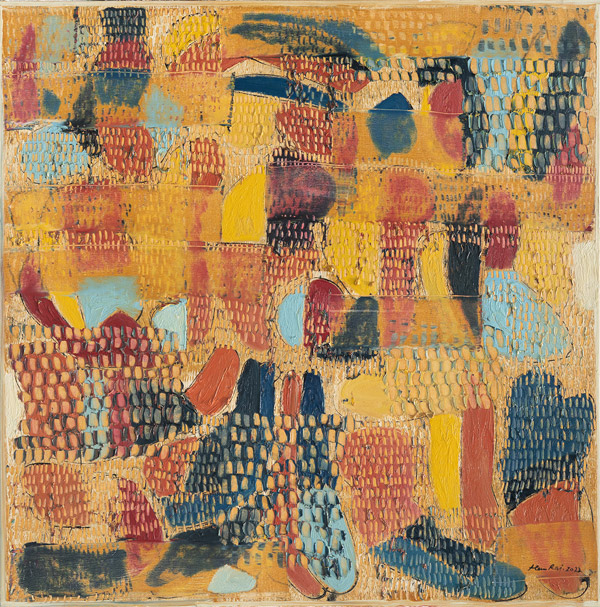
He cleverly includes dots, distorted shapes, and lines and amalgamates the sheer use of brush resulting in such contours that smoothly intervene with the mystical and metaphorical realm that gives rise to a utopian world. His work evolved and emerged from a dot that not only sets his as a part of the intuitive drive of thoughts but also as an undivided critically evaluated hyperreal reality that exists as a pre-defined mental state in us. As an artist, he reflects that is beyond being a reflection, his works swing between what is real and what is not. He maturely transforms the objects of wonder by using bright colors, the scale of his paintings also introduces us to his visual treatment and generates a dialogue between the perceived and the perceiver. This exhibition is on view till 21st January.
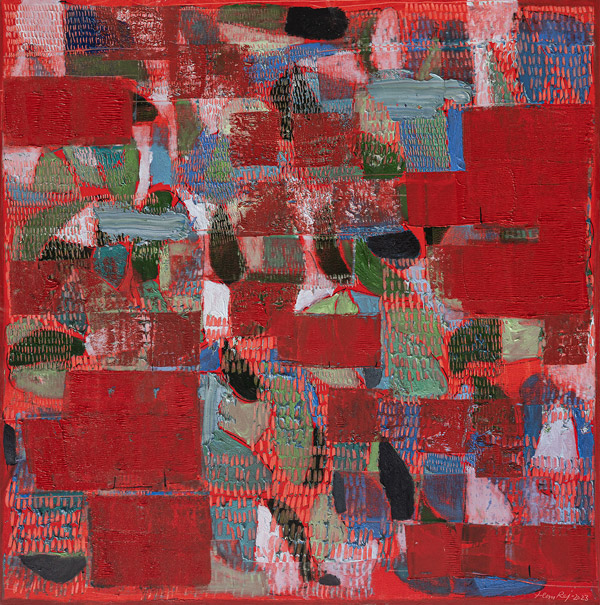
Read Also:

